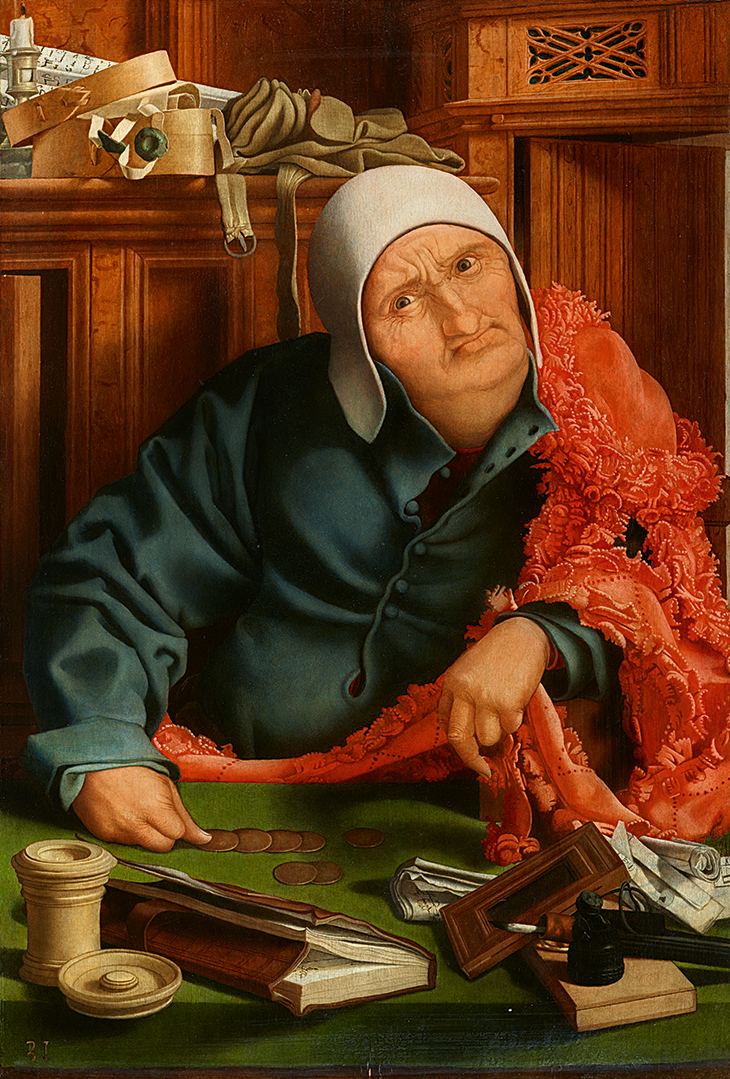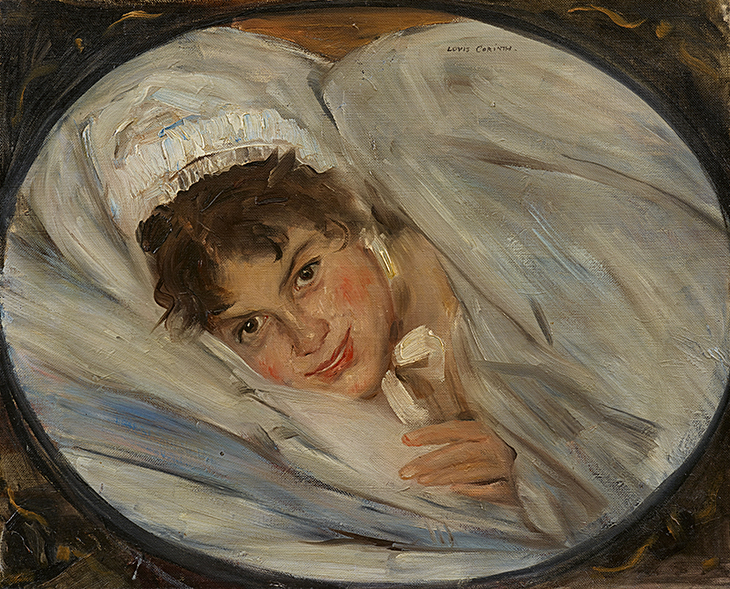The art of Georges de La Tour (1593–1652) is one of the great rediscoveries of the 20th century. Today it seems inconceivable that this most compelling and singular of artists, highly successful in his day, should have been almost entirely forgotten for three centuries, and only rescued from oblivion by the German art historian Hermann Voss in 1915. The reconstruction and rehabilitation of his artistic career have been described as ‘the triumph of art history, and its justification’. Perhaps it is no coincidence that his paintings possess qualities akin to those of Vermeer and Piero della Francesca – two other modern rediscoveries widely revered in our age.
In regard to his posthumous critical fortunes, La Tour was unfortunate in being a provincial painter – and one, crucially, who rarely signed his works. His career was spent in Lunéville, not even Nancy, the capital of the independent duchy of Lorraine. It seems likely that he was exposed to the northern followers of Caravaggio, or even travelled to Italy himself, but his appropriation of Caravaggism was highly individualistic. While he tended to favour genre and religious night-time scenes, in which the protagonists are dramatically illuminated by candlelight or firelight, the mood of his paintings is quite different from that of his baroque peers. The most remarkable have a pared-down austerity and a quality of stillness and silence that lend them a meditative, peculiarly spiritual character – not unlike the still lifes of Francisco de Zurbarán, La Tour’s contemporary. What these enigmatic images might signify is still much debated.
A Girl Blowing on a Brazier (1646–48), Georges de La Tour. Lempertz, Cologne (estimate €3m–€4m)

As the reputation of the artist grew in parallel with a proliferation of publications and exhibitions, more and more works gradually resurfaced. Even so, fewer than 50 paintings may be attributed to him with any confidence, although numerous studio versions and variants exist to confuse the issue, as do copies of lost originals. Those autograph works that did find their way on to the market were snapped up by museums eager to represent an Old Master whose sensibility chimed so well with contemporary taste. In 1972, for instance, the Musée du Louvre paid the mighty sum of 10 million francs for The Cheat with the Ace of Diamonds, and two years later the National Gallery of Art in Washington, D.C., reputedly paid even more for the The Repentant Magdalen.
A Girl Blowing on a Brazier turned up in Toulouse in around 1940, indistinctly signed on the upper right with ‘a Tour’, and it is a key example of La Tour’s late work, although opinions vary as to its precise date in the 1640s. The artist began to paint the motif of a boy or a girl lit up by an artificial source in the 1630s, the figures usually depicted in profile and utterly absorbed by their simple tasks, such as blowing on a firebrand or a lamp. Here, as elsewhere, no background detail is deemed necessary. The only visible light source is the softly burning embers, but a candle on the table might account for the glow inside the copper skillet.
The canvas is one of the last works by the artist remaining in private hands, and the last of the nocturnes. It returns to the market for the first time since 1975, when it was acquired at Christie’s in London for £17,850 by the Bremen collectors Hinrich and Ingrid Bischoff. Now this widely exhibited work returns to the block with an estimate of €3m–€4m on 8 December, but this time at Lempertz in Cologne. Alongside 22 other paintings from the Bischoff collection, it is the highlight of the auction house’s 175th anniversary celebrations.
The Money-lender (first half of 16th century), Marinus van Reymerswale. Lempertz, Cologne (estimate €200,000–€300,000)

Hailed by Lempertz as ‘sensational’ and of ‘unparalleled importance in Germany’, the collection also contains an autograph work by another idiosyncratic and provincial artist, the Netherlandish Marinus van Reymerswale (1490/95–1546/56). His so-called ‘Kontorbild’ paintings of customs officers, tax collectors and money changers are the most grotesque and embittered of the entire genre, as savagely demonstrated in The Money-lender. It is the only known version of this composition (estimate €200,000–€300,000). Although most of the other works on offer are by Old Masters, the sale ends on another high point with the rhapsodic and fluent Mädchenkopf im Kissen by Lovis Corinth (1858–1925), expected to fetch €30,000–€50,000.
Mädchenkopf im Kissen (Head of a Girl on a Pillow) (1898), Lovis Corinth. Lempertz, Cologne (estimate €30,000–€50,000)

The Bischoff Collection is a coup for Lempertz, a consignment won against international competition, and further proof of the growing confidence placed in regional auctioneers in the Covid and internet age. The handsome online catalogue is published in English and German with estimates in Euros and US dollars. As a further inducement and convenience for international bidders, an export licence has already been arranged for the Georges de La Tour.
The ‘Masterpieces from the Bischoff Collection’ sale takes place at Lempertz, Cologne, on 8 December.



